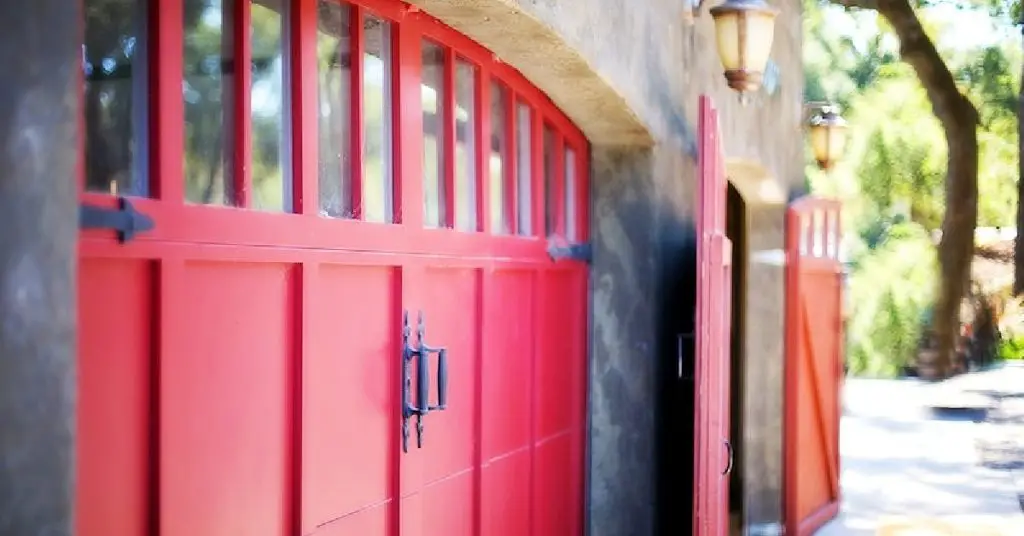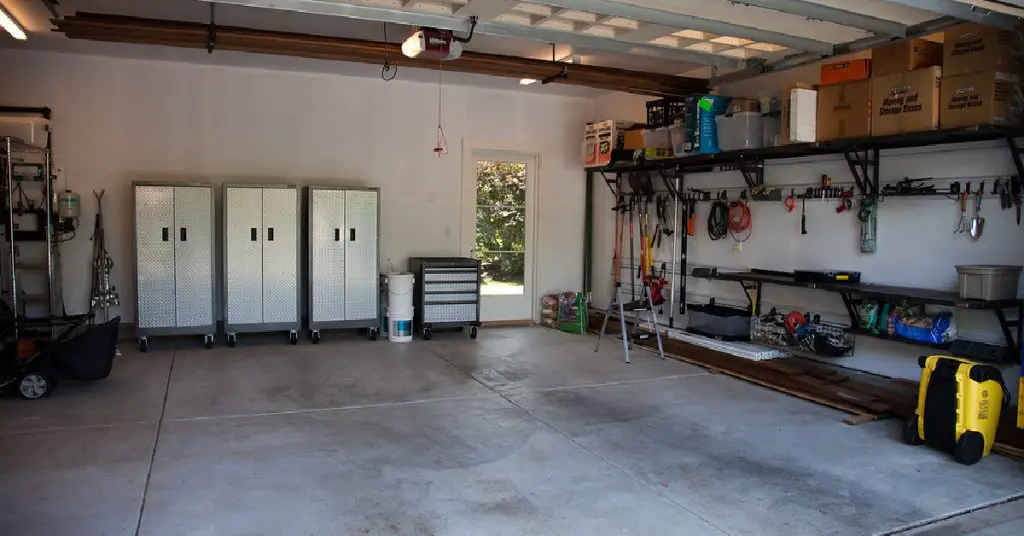We’ve all been there – you’re working on a vehicle in your garage, and before you know it, you’ve got an unsightly oil stain on the floor. It’s a frustrating situation, but don’t panic! With the right approach and a little elbow grease, you can how to clean oil spill in garage and restore your garage floor to its former glory.
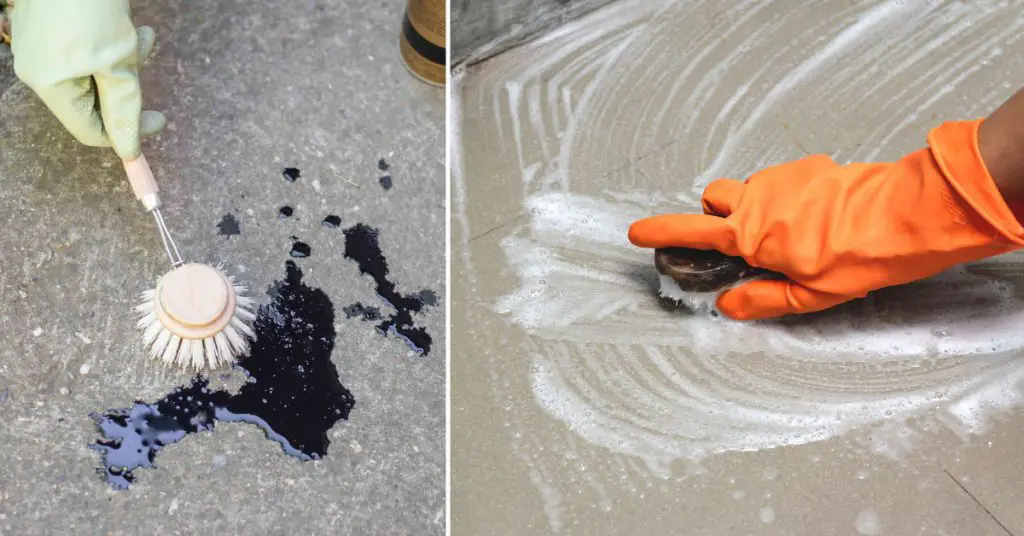
Key Takeaways:
- Act quickly to prevent oil from seeping into concrete
- Use absorbents, degreasers, and elbow grease for stain removal
- Implement preventive measures like containment mats or sealed floors
- Embrace the character minor stains represent for a well-used garage
Understanding the Enemy: Oil Spill in Garage
A clean and well-maintained garage is a source of pride for any automotive enthusiast or DIY warrior. It not only enhances the aesthetics of your workspace but also creates a safer and more functional environment. Unfortunately, oil spills are an unavoidable part of the game, whether you’re changing your vehicle’s oil or working on other greasy components. Left unchecked, these stains can seep into the concrete, leading to permanent discoloration and potential damage to your garage floor.
But fear not, because we’ve got your back! In this comprehensive guide, we’ll walk you through the step-by-step process of effectively how to clean oil spill in garage, no matter how stubborn the stain may seem.
5 Ultimate Steps for How to Clean Oil Spill in Garage
Here are the five ultimate steps you need to follow for how to clean oil spill in garage:

Step 1: Preparation is Key
Before you dive into the cleaning process, it’s crucial to identify the type of oil or fluid that has been spilled. Different automotive fluids, such as engine oil, transmission fluid, or brake fluid, may require slightly varied approaches for optimal removal. Once you’ve identified the culprit, act quickly to prevent the spill from seeping deeper into the concrete.
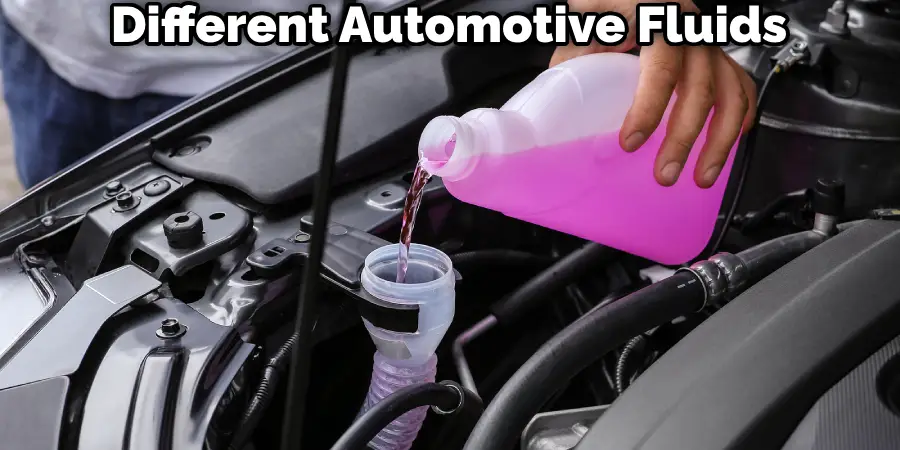
Gather your materials and protective equipment. You’ll need absorbents like cat litter, sawdust, or commercial absorbent pads, as well as cleaning solutions such as degreasers, powdered laundry detergent, baking soda, and vinegar. Don’t forget to equip yourself with stiff-bristled brushes, brooms, mops, gloves, goggles, and masks to ensure your safety during the cleaning process. Finally, have some rags or paper towels on hand to wipe up any excess.
Step 2: Containing the Mess
Time to get your hands dirty! Start by using absorbent materials to soak up as much of the excess oil or fluid as possible. For fresh spills, sprinkle a generous amount of cat litter or sawdust over the affected area and let it sit for a few hours to fully absorb the liquid. If you’re dealing with a more stubborn stain, consider using commercial absorbent pads designed specifically for spill cleanup.
Once the absorbent material has done its job, sweep it up carefully and properly dispose of it in thick trash bags. Double-bagging is recommended to prevent any leakage. Remember, acting swiftly is crucial to prevent the spill from seeping deeper into the concrete and becoming more difficult to remove.
Step 3: Stain Removal Techniques
Now that you’ve contained the initial mess, it’s time to tackle the stain itself. You have several options at your disposal, ranging from natural solutions to commercial degreasers and cleaners.
For a budget-friendly and eco-friendly approach, try making a paste with baking soda and vinegar. The fizzing action of this solution can help break down the oil stain, making it easier to scrub away. Alternatively, you can create a paste using powdered laundry detergent and warm water. Let these solutions sit on the stained area for a while, allowing them to work their magic, before scrubbing vigorously with a stiff-bristled brush.
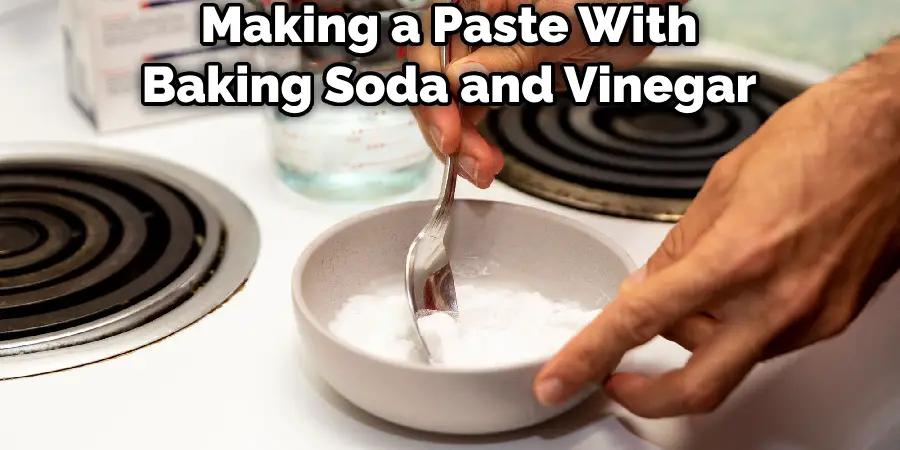
If you prefer a more heavy-duty approach, consider using commercial degreasers or citrus-based cleaners specifically designed for removing oil stains. Follow the product instructions carefully, paying close attention to dwell times and safety precautions.
Don’t underestimate the power of good old-fashioned elbow grease! Scrubbing the stained area with a stiff brush and your preferred cleaning solution can make a significant difference, especially for stubborn stains. Be prepared to put in some muscle work, but the satisfying results will be worth it.
For those particularly tough, set-in stains that seem to resist all other methods, consider renting a pressure washer. The high-pressure water stream can help dislodge the oil from the concrete’s pores but use caution and follow all safety guidelines to avoid damaging your garage floor.
Step 4: Preventing Future Spills
While cleaning up oil spills is a necessary evil, it’s always better to prevent them from happening in the first place. One simple solution is to use drip pans or containment mats while working on your vehicles. These handy tools catch any drips or spills before they have a chance to reach the floor, making cleanup a breeze.
Another proactive measure is to seal or epoxy coat your garage floor. These protective coatings not only enhance the appearance of your garage but also create a barrier that prevents oil and other fluids from seeping into the concrete. While the initial installation may require some effort and investment, the long-term benefits of a sealed garage floor are undeniable.
Alternatively, you can consider installing garage floor tiles or mats. These interlocking systems are designed to resist oil and other automotive fluids, making spill cleanup a breeze. Many options are available, ranging from basic rubber mats to more elaborate tile systems that can add a touch of style to your workspace.
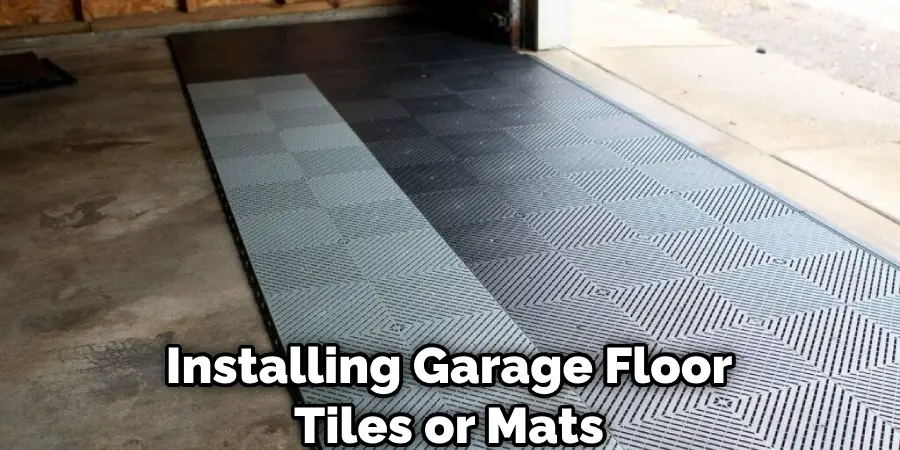
Step 5: Don’t Sweat the Small Stuff
Despite your best efforts, there may be times when a residual discoloration or faint stain remains on your garage floor. While frustrating, it’s important to remember that a well-used garage is a badge of honor for any automotive enthusiast or DIY warrior. Embrace the character and history that these stains represent, and don’t let them diminish your sense of pride in your workspace.
In extreme cases, where the stains prove too stubborn or extensive for DIY methods, consider seeking professional cleaning services. These experts have access to specialized equipment and techniques that can tackle even the most challenging stains, restoring your garage floor to pristine condition.
FAQs About How to Clean Oil Spill in Garage
What is the Most Effective Way to Clean Up an Oil Spill?
Cleaning up an oil spill effectively involves using a combination of methods such as skimming to remove oil from the water surface, deploying oil booms to contain the spread, and using sorbents to absorb the oil. In-situ burning can rapidly reduce large quantities of oil, while dispersants break it down for natural degradation. High-pressure washing and manual cleaning are essential for shorelines and wildlife. Each method’s suitability depends on the spill’s size, location, and environmental impact.
Why is Dawn Dish Soap Used to Clean Up Oil Spills?
Dawn dish soap is used to clean up oil spills because it contains powerful surfactants that break down and disperse oil effectively while being biodegradable and gentle on wildlife. Its proven effectiveness in major spill incidents, ease of use, and public trust make it a preferred choice for environmental cleanup efforts.
What Kind of Cleaning Product Would You Use to Remove Spilled Oil?
To remove spilled oil, use a degreasing cleaner like Simple Green, an absorbent material such as kitty litter or Oil-Dri, or a strong dish soap like Dawn. For small stains, baking soda can also be effective. Simply apply the product, scrub the area, and rinse with water. Always follow the product instructions and ensure proper ventilation if indoors.
Conclusion
Cleaning oil spills in your garage may not be the most glamorous task, but it’s an essential part of maintaining a safe and functional workspace. By following the steps outlined in this guide, you’ll be equipped to tackle even the most stubborn stains with confidence.
Remember, preparation is key, and acting swiftly can make a world of difference. Whether you opt for natural solutions like baking soda and vinegar or commercial degreasers, don’t underestimate the power of good old-fashioned elbow grease. And for those pesky stains that just won’t budge, a pressure washer can be your secret weapon.
But most importantly, don’t let oil spills dampen your spirits. Embrace the character and history they represent, and take pride in maintaining a clean and well-organized garage – a true sanctuary for any automotive enthusiast or DIY warrior.
So, roll up your sleeves, grab your supplies, and get ready to bid farewell to those unsightly oil stains once and for all. Your garage floor (and your sense of pride) will thank you!

